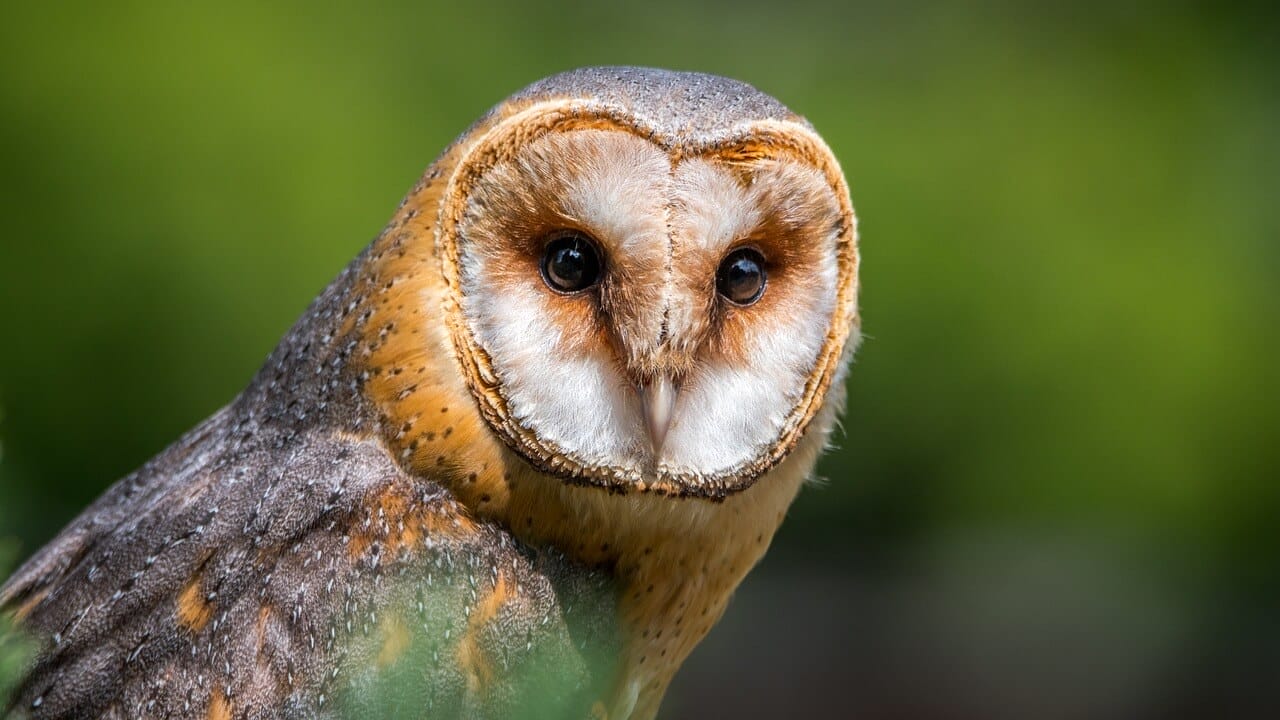Owls are nocturnal birds known for their beautiful plumage and their ability to fly silently in the nighttime sky using their powerful wings. They are skilled hunters, preying on small mammals, insects, and other prey.
However, have you ever wondered what an owl without feathers would look like? This article will explore the truth behind featherless owls and what they would look like without their distinctive owl feathers.
What Happens to Owls Without Feathers?
Feathers Hiding the Truth
Feathers on an owl serve many purposes; they help with flight, keep them warm, and assist with hunting prey. Owls are well-known for having unique feathers that run along the entire edge of their wings rather than just on the outer edge like most birds.

The feathers will vary in size, texture, and color to help them blend into their surroundings and provide insulation against predators.
They also go through a molting process to replace old feathers with new ones, which can vary between different species.
Related Article: Owl Feather Identification
Featherless Owls: Are They Real?

Seeing an owl without its feathers is rare, but not impossible. This feather loss can be caused by several factors, including molting, injury, and disease.
However, many of the images that people share of featherless owls birds look on social media are not legitimate and are often photoshopped.
It is essential to always verify the source before believing everything you see online.
Facts About Owls Losing Feathers
Feathers and wings are vital for Owls, serving various functions such as flight, insulation, camouflage, and communication.
Fortunately, being a nocturnal bird, they have the remarkable ability to regenerate feathers through a process called molting.

During molting, owls shed their old feathers and grow new ones, ensuring they can maintain their unique characteristics and optimal feather condition.
Whether it’s a natural molt or feathers lost due to injury or illness caused by prey or predators, Owls have mechanisms in place to facilitate feather regrowth.
In cases where a nocturnal bird like an owl loses feathers on its wings due to injury or illness, the regrowth process may take more time. However, with proper care and treatment from veterinarians specializing in avian care, feather regeneration can be promoted.

These experts play a crucial role in assisting owls’ recovery by providing necessary treatments, ensuring a healthy regrowth of feathers, and educating people on how to care for their injured or sick feathered friends.
Owls, being nocturnal birds, rely heavily on their wings for hunting and survival. This process of losing feathers can be fascinating to people who observe them closely.
To delve further into the topic, here are 10 interesting facts about owls losing feathers during their molting process.
| Fact | Explanation |
|---|---|
| 1. Molting | Owls, like any other bird, undergo molting, a natural process where they shed old feathers and grow new ones. |
| 2. Feather Function | Feathers serve multiple purposes for birds, including flight, insulation, camouflage, and communication. Owls use their feathers to fly silently and hunt prey with their sharp talons and wings. |
| 3. Feather Structure | Owl feathers possess unique adaptations, such as comb-like fringes, which aid in silent flight and enhanced sound absorption. The structure of the wings is designed to provide lift and maneuverability during flight. |
| 4. Feather Damage | Feathers can be damaged by predators, accidents, or environmental factors, affecting the bird’s flight and overall well-being. People should be careful not to harm birds’ feathers when handling them. |
| 5. Feather Loss and Regrowth | Birds have the ability to regrow lost feathers, ensuring they maintain their crucial functions and distinctive appearances. |
| 6. Slow Regrowth in Injured Owls | If an owl loses feathers due to injury or illness, the regrowth process may be slower, requiring additional care and support for recovery. |
| 7. Professional Veterinary Care | Veterinary professionals specializing in avian care can assist injured birds by providing treatments to promote feather regrowth and healing. |
| 8. Dietary Considerations | A nutritious diet, rich in proteins and essential nutrients, aids in healthy feather regrowth for birds. |
| 9. Seasonal Molting Patterns | Birds often molt their feathers on a seasonal basis, allowing them to adapt to changing environmental conditions and maintain optimal performance. |
| 10. Feather Maintenance and Grooming | Birds groom their feathers regularly, using their beaks and talons to remove debris, parasites, and maintain feather quality. |
These facts highlight the resilience and adaptability of owls, a bird species that can regrow their downy feathers, flight feathers, and contour feathers after feather loss.
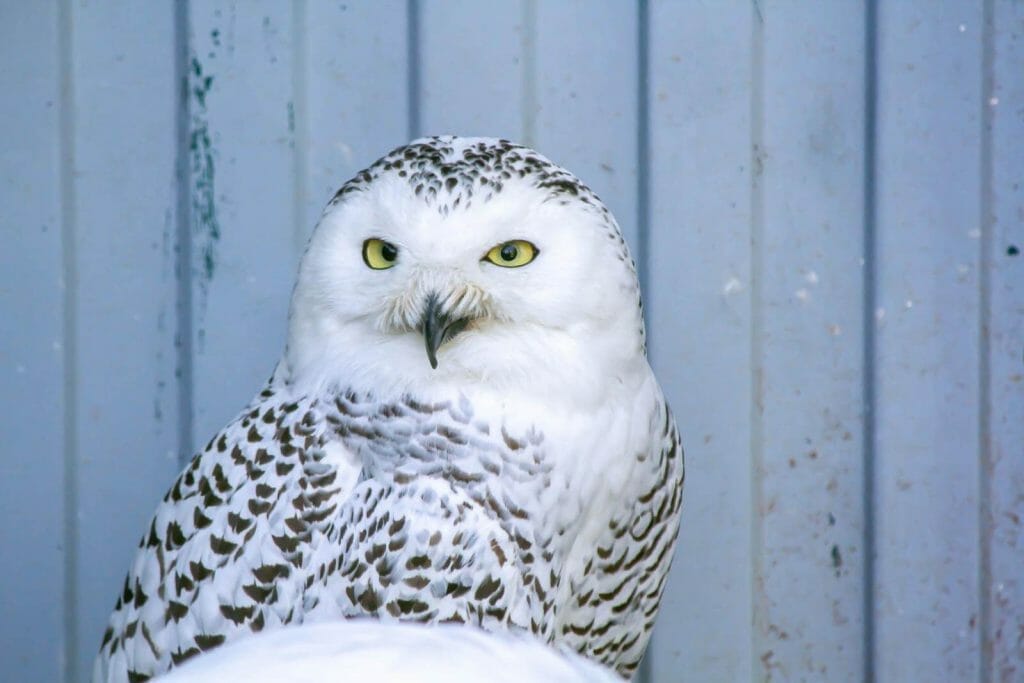
This emphasizes the importance of proper care and the role of experts in aiding their recovery.
Related Article: Owls In Arizona
Do Featherless Owls Actually Exist?
Naked Owls and Plumage
Have you ever wondered what a bird, such as a barn owl, would look like without the feathers on its wings? There have been documented cases of owls with feather loss due to molting, injury, and disease, but these instances are not common.

While an owl with no feathers looks abnormal to people, the feather loss itself is not harmful to the bird’s health as long as the root cause is addressed and treated.
It is also important to note that even without feathers, owls retain their distinctive shape, eyes, talons, and other physical characteristics.
The Tweet That Shocked the World
In 2017, a tweet by Dana Schwartz suggesting what featherless owls look like went viral and prompted many bird enthusiasts to respond with their interpretations.
The tweet read, “I just Googled what owls look like without feathers and I am severely shaken.”

The tweet was accompanied by a photoshopped image of an owl with no feathers, leading to interesting images and conversations regarding wings and featherless owls.
Interestingly, some people also related the tweet to the famous ornithologist James McGowan.
Jeffrey Meshach’s Take on Barn Owls
Jeffrey Meshach, World Bird Sanctuary deputy director, confirmed in a reply to Buzzfeed that these are specimens of barn owl.
“The bird in the center is what a barn owl would look like with almost no feathers,” he further commented “It’s actually a great photo showing how much feathers change the appearance of a bird.”
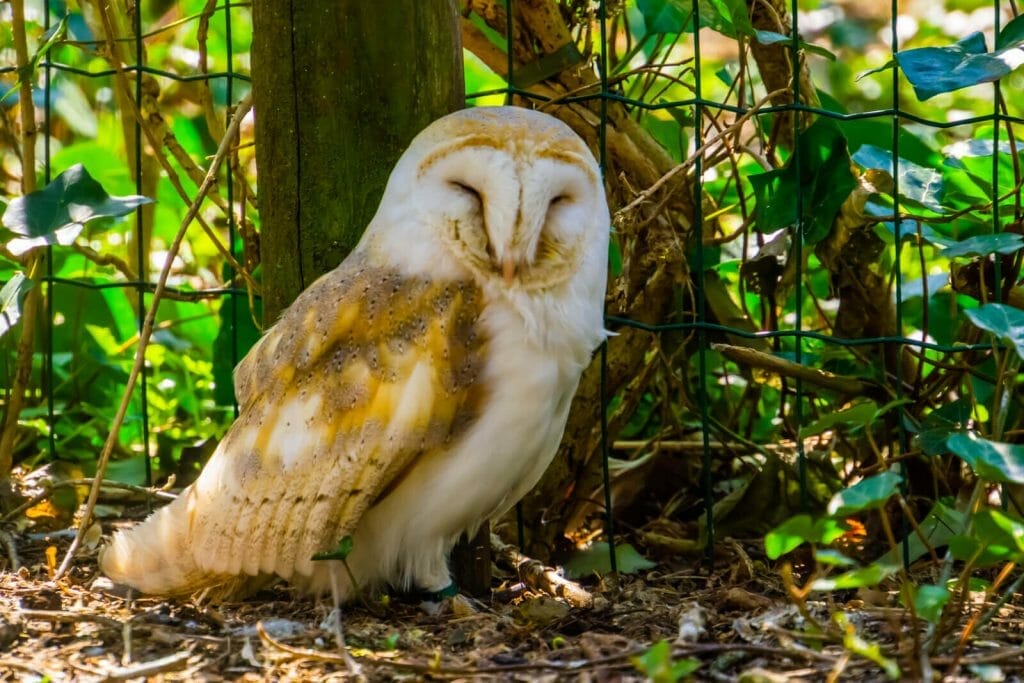
Words to Describe Owls Without Feathers
To describe a bird owl without feathers, people use terms like “naked owl,” “owl without feathers,” and “featherless owl.”
While it is interesting to imagine what a bird owl would look like without feathers, it’s important to remember that feather loss is not common and that owls are still unique and fascinating creatures with or without their feathers.
Related Article: How To Call Birds
What Would an Owl Look Like Without Feathers?
The Great Horned Owls
The great horned owls, a type of bird, are the largest owls in North America and are known for their distinctive plumage and large size. Without feathers, these birds would look bald and naked, which would be a significant contrast from their usual appearance.
However, they would still maintain their unique facial features, talons, and other physical characteristics. Many people admire these majestic birds for their beauty and impressive hunting skills.
Owls Without Fur: Fact or Fiction?
Some people wonder if owls have fur, but the answer is no. Owls have feathers, not fur, which are adapted to assist with their hunting and regulate their body temperature.
Even without feathers, owls would not have fur as it is not a characteristic of birds. Instead, they would be exposed to skin and tissue, lacking the insulation and protection that feathers provide.
Are There Featherless Barn Owls?
The Truth About Barn Owls Losing Feathers
The loss of feathers in barn owls, a type of bird, is relatively uncommon but can happen due to multiple factors.
People who keep barn owls as pets may notice feather loss due to feather mites, microscopic arachnids that feed on the keratin in the owl’s feathers.
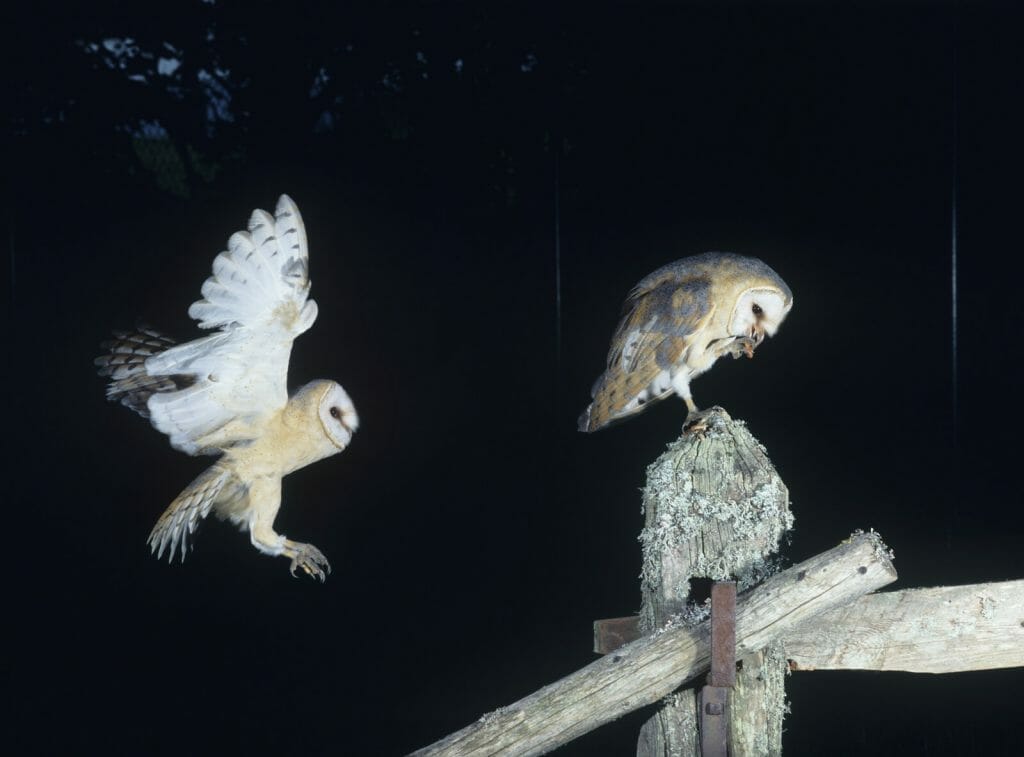
Feather mites can cause the feathers to break, leading to feather loss. Barn owls can also lose feathers due to injury or molting, but this is less common.
Featherless Owls at Conservation Centers
Conservation centers sometimes take in featherless birds, including owls, providing them with necessary care and treatment to promote the growth of new feathering.
These animals are typically kept in isolation and cared for by people until their feathers grow back or until they are unable to survive in the wild due to other disabilities.
Feathers vs Fur: How Owls Adapt to Their Environment
Feathers are an essential component of an owl’s ability to hunt and survive in their natural environment. Owls’ feathers are adapted for silent flight and also provide insulation to keep them warm and dry.
Fur is not present in birds, but it is common for many mammals that inhabit different environments. While birds and mammals have different adaptive features, they both provide a natural advantage for survival.
Conclusion
While an owl without feathers may look strange or even disturbing, it is essential to understand the underlying causes of feather loss and how it affects the animal’s well-being.
Owls are fascinating creatures with many characteristics that set them apart from other birds and species. And while its intriguing to imagine what an owl would look like without feathers, it’s important to appreciate their uniqueness with or without their plumage.
FAQ
What is a naked owl?
A featherless bird, also known as a naked owl or hairless owl, is an owl without feathers.
This can occur in various species of owls including great gray owls.
Are featherless owls real?
Yes, featherless birds like owls do exist. They can be born with no feathers or lose their feathers due to a medical condition or injury.
What does an owl without feathers look like?
An owl without feathers looks like a plucked chicken. Its glorious feathers, which are typically used for flight and insulation, are missing, leaving only its bare skin and contour feathers.
These naked owls, a type of bird, include the majestic great gray owls.
How do feathers change the appearance of an owl?
Feathers make a significant difference in the appearance of a great gray owl. Without them, the naked owl looks smaller, blunter, and less intimidating.
The feathers also hide the bird’s legs, which are typically covered in feathers.
Can owls fly without feathers?
Birds like owls cannot fly without their flight feathers. These feathers are essential for lift and stability during flight.
What words are used to describe owls?
There are many words used to describe owls, including glorious, majestic, nocturnal, wise, and mysterious.
Their downy feathers, flight feathers, and contour feathers are also noteworthy.
What did Dana Schwartz tweet?
Dana Schwartz tweeted a shocking picture of a naked owl with downy feathers in 2017, which sparked a viral sensation online.
What would a barn owl look like without feathers?

The center is what a barn owl without feathers would look like. A photo showing how much feathers change the appearance of birds is a compelling demonstration of this fact.
Do owls lose feathers?
Yes, owls lose feathers as part of their natural molting process. During this time, they shed old or damaged feathers and grow new ones.
How do owls use their feathers?
Owls use their feathers for many purposes, including flight, insulation, camouflage and hunting.
Their feathers allow them to fly silently and protect them from the elements.







![How to Identify Turkey Feathers [Ultimate Guide]](https://ekz2dfuukk8.exactdn.com/storage/2023/03/HOW_TO_IDENTIFY_TURKEY_FEATHERS-793x570.jpg?strip=all&lossy=1&ssl=1)


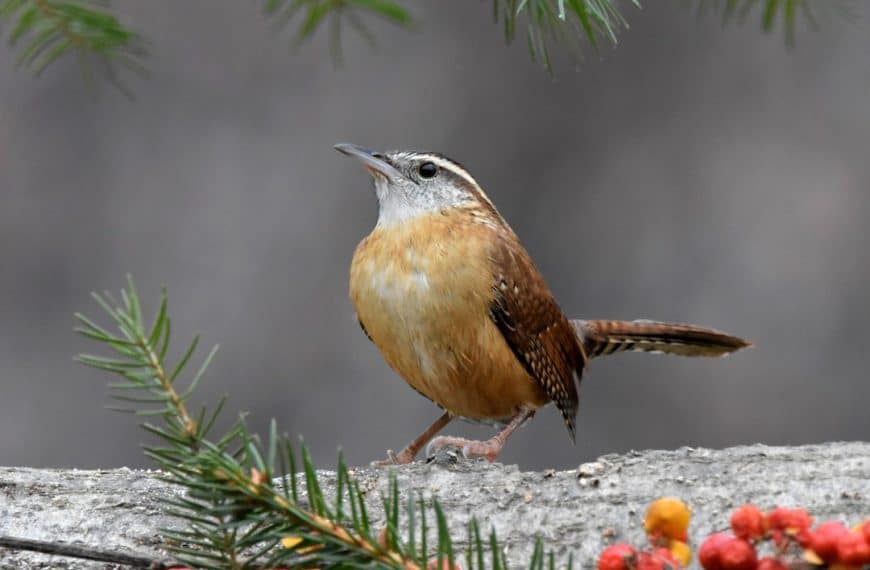






![How to Keep Birds Off Your Boat: Ways and [Best] Deterrents to Keep Birds Away From Your Boat](https://ekz2dfuukk8.exactdn.com/storage/2023/05/how-to-keep-birds-of-your-boat-870x570.jpg?strip=all&lossy=1&ssl=1)
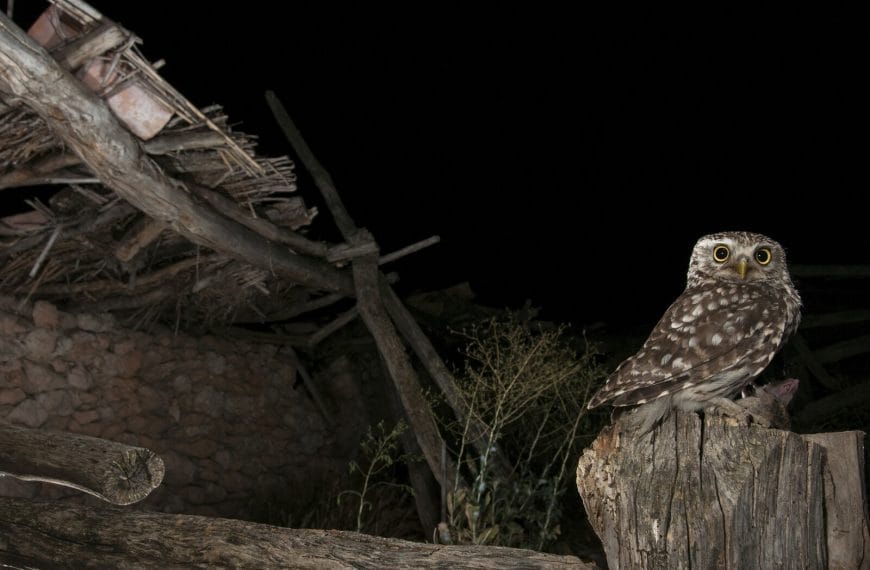
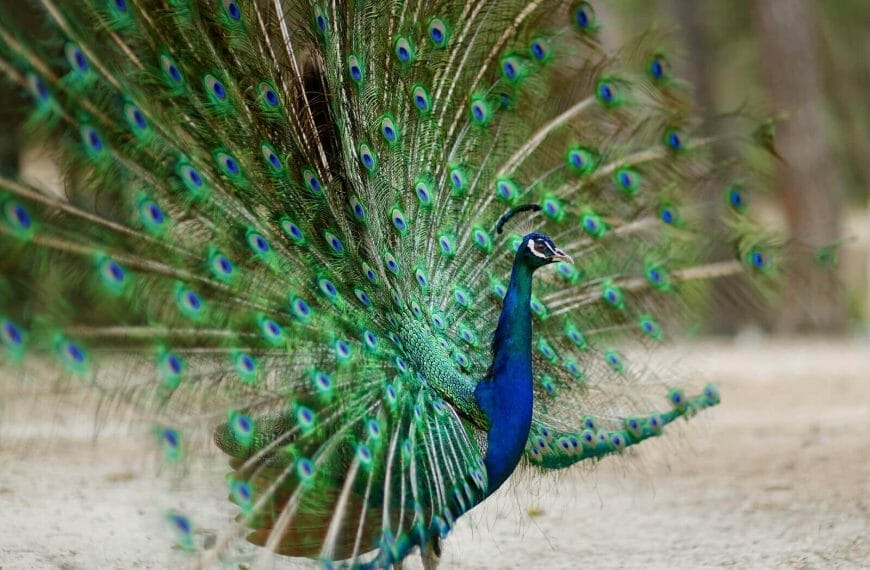

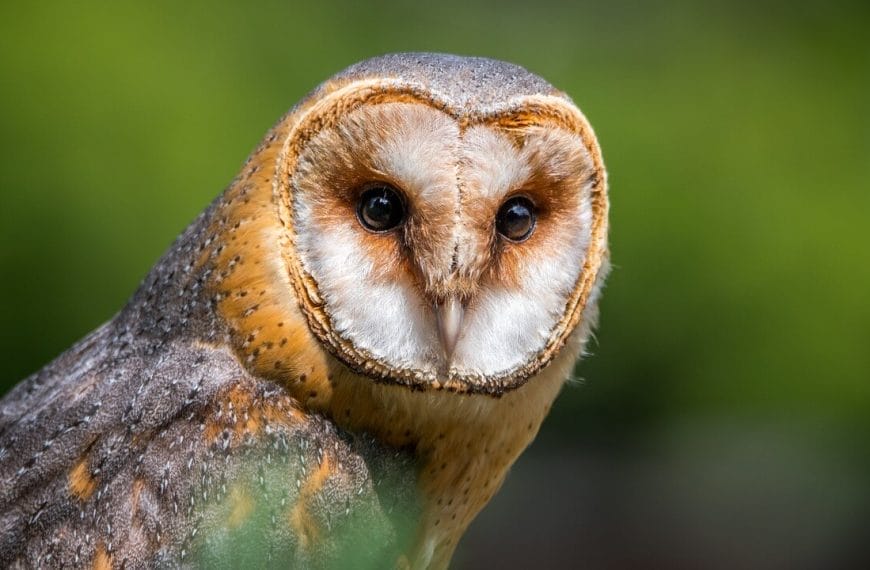

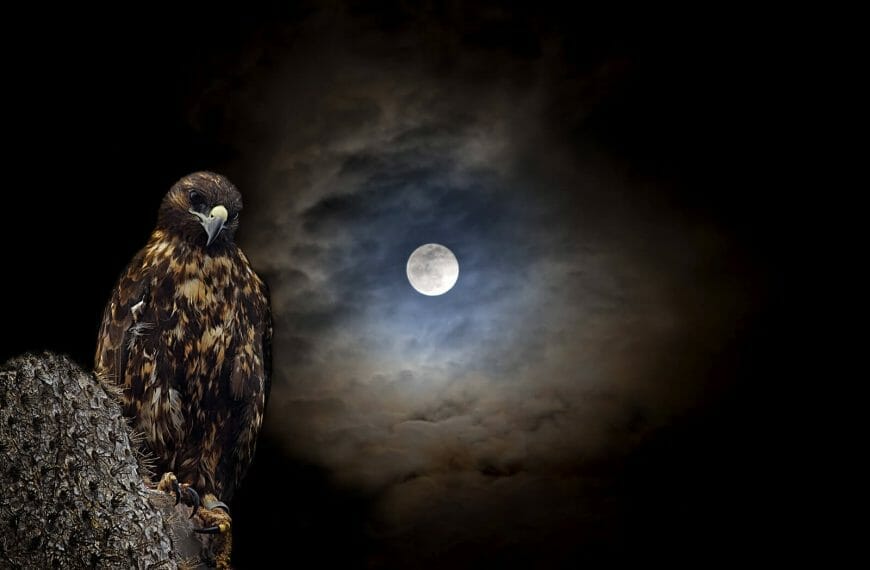

![How to Identify Turkey Feathers [Ultimate Guide]](https://ekz2dfuukk8.exactdn.com/storage/2023/03/HOW_TO_IDENTIFY_TURKEY_FEATHERS.jpg?strip=all&lossy=1&ssl=1)



